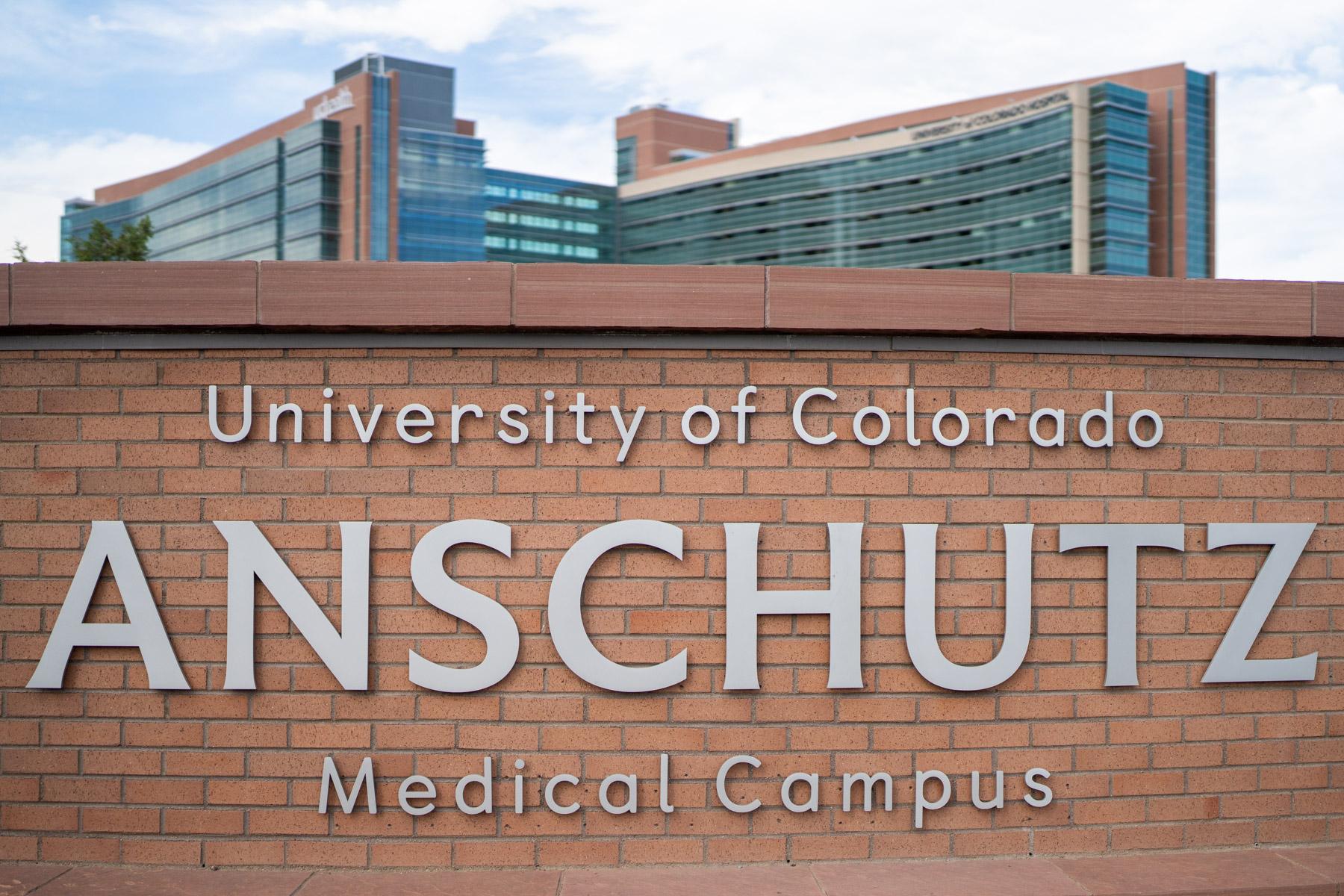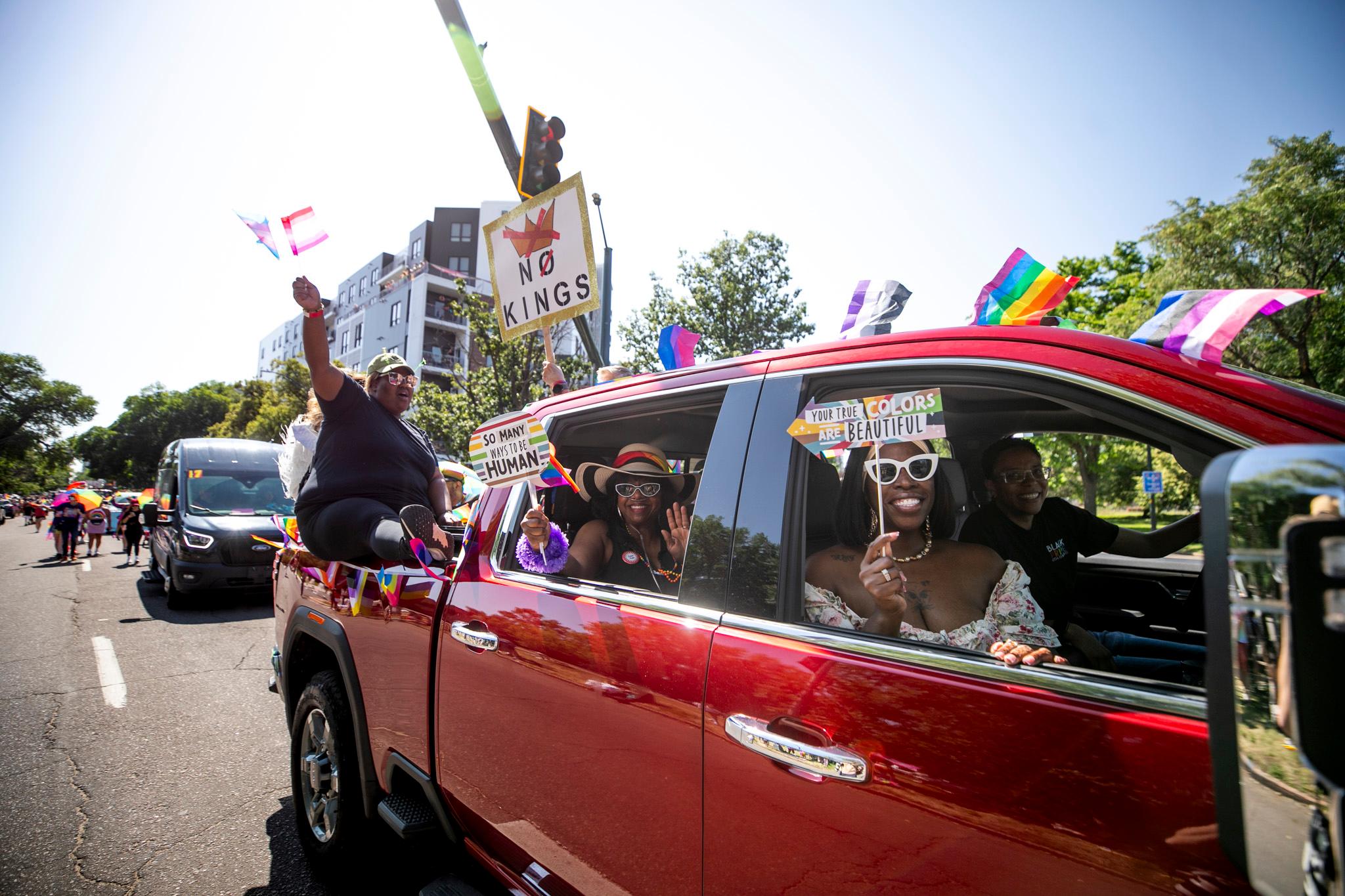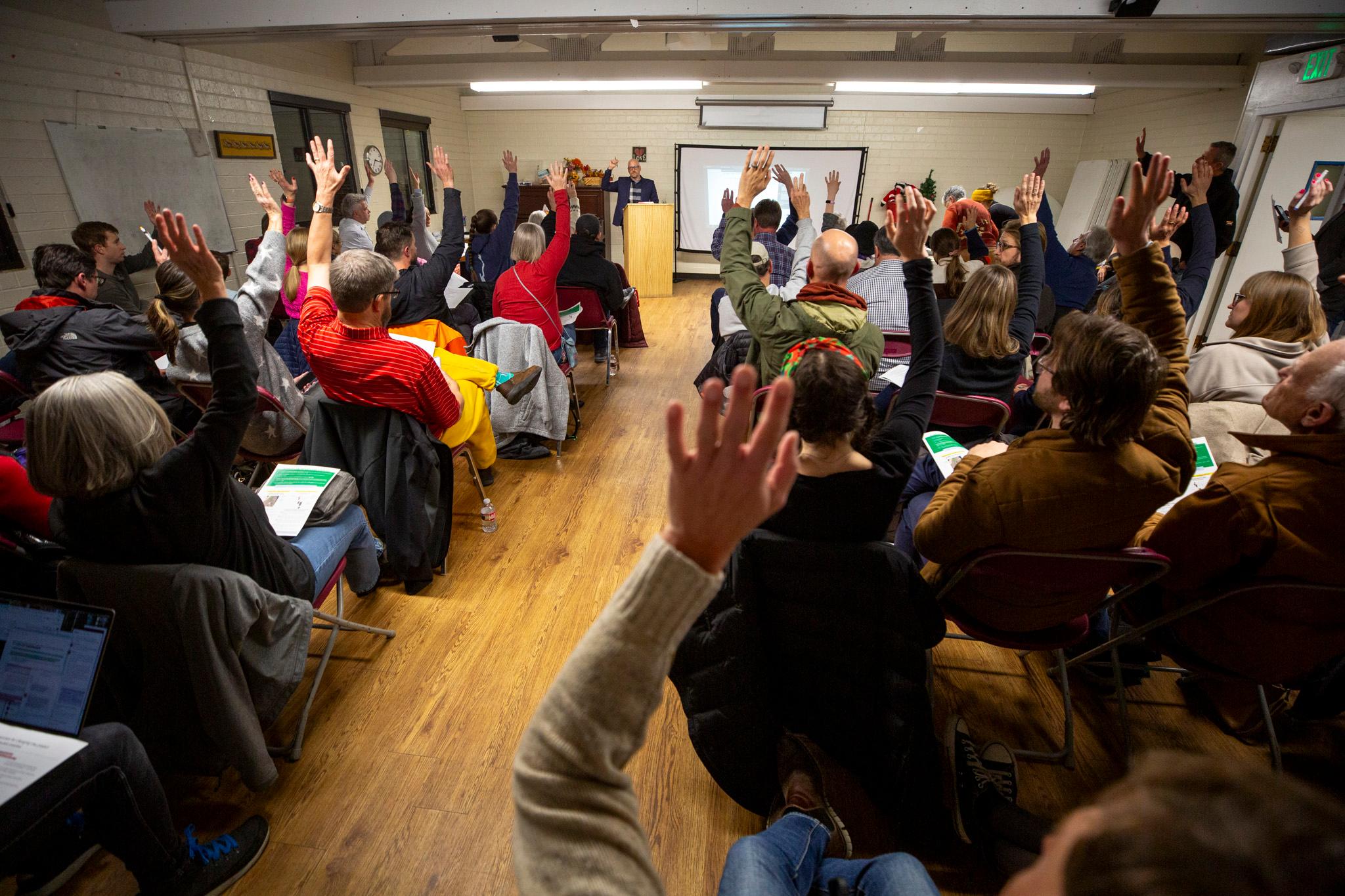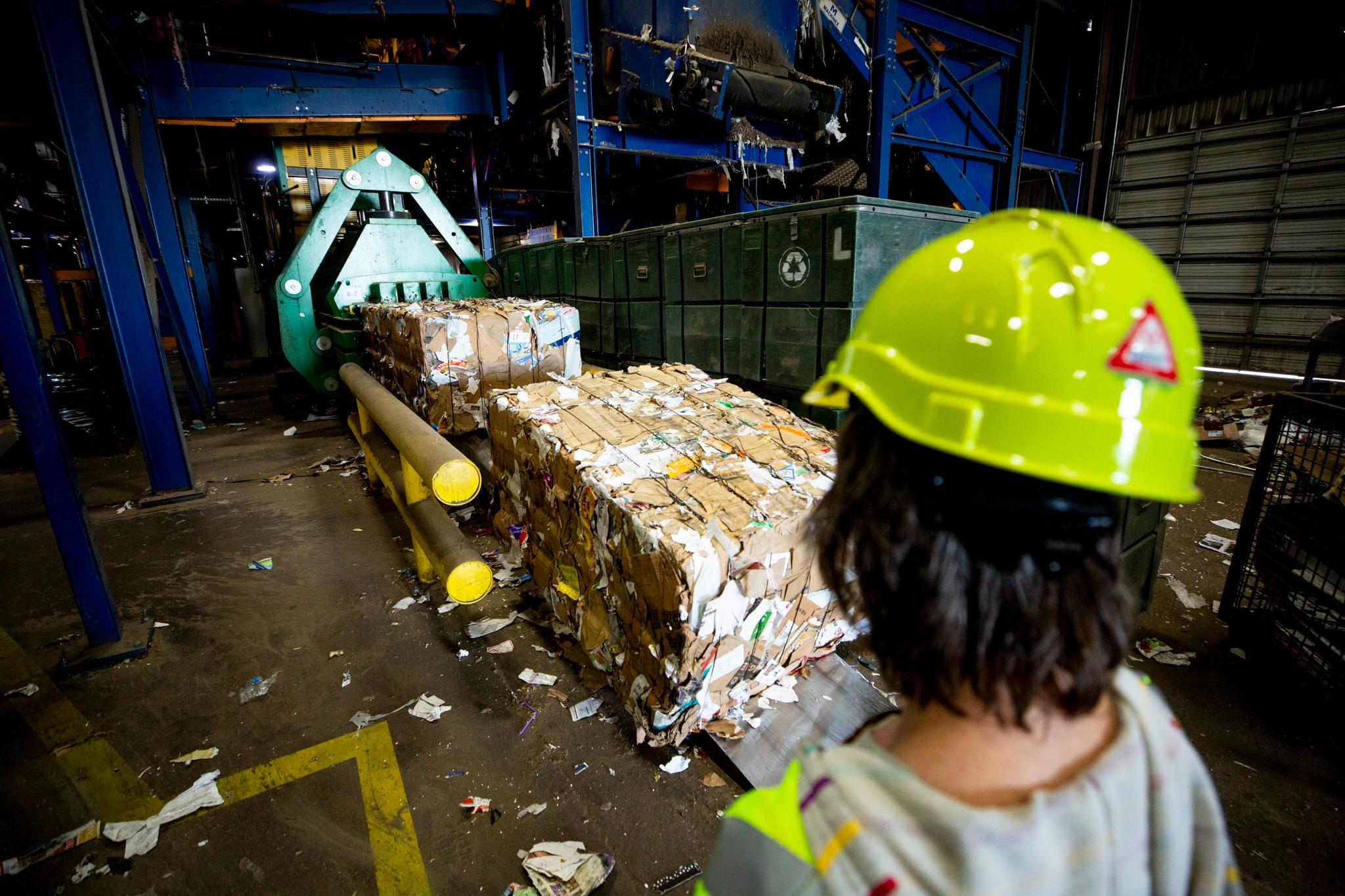The soothing blue tones washed over a Denver neighborhood map did little to make the clumps of letters, numbers and hyphens scattered over the image seem less confusing -- E-SU-D, C-MX-5, E-RH-2.5, OS-A.
Other handouts that included a glossary helped. Even better was having architecture and planning experts in the gym at Escuela de Guadalupe for the last of a series of neighborhood forums titled Visioning Villa Park.
Kathy Sandoval, who is treasurer of Villa Park's registered neighborhood organization, attended all three of the forums presented by the Denver Architecture Foundation to explain things like those groupings of letters and numbers that refer to the residential, commercial and other uses for which plots are zoned. She said she appreciated the professionals sharing their skills for free, comparing them to lawyers offering pro bono services.
"It provided a different architectural design vocabulary for us as a neighborhood," Sandoval said after she and two dozen neighbors gathered Saturday for breakfast burritos and a discussion of development.
Dick Farley, a member of the Denver Architecture Foundation's board, led the outreach to Villa Park, a new project for the organization dedicated to good design. The goal of the pilot was to support neighborhoods where people were interested in understanding their architectural character and how to protect and develop it in a fast-changing environment.

"Virtually every neighborhood in the city feels nervous about its character," Farley said.
He wanted to focus on one "on the cusp of development," where the project might have the most impact. West Denver, home of major developments in various stages of realization, like the Broncos Stadium entertainment district and Denver Housing Authority's West Ridge project, was a natural place to start the search.
The architecture foundation found a guide in Renee Martinez-Stone, whose West Denver Renaissance Collaborative has since 2016 been linking residents of Athmar Park, Barnum, Barnum West, La Alma-Lincoln Park, Sun Valley, Valverde, West Colfax and Westwood as well as Villa Park to programs and resources to strengthen their neighborhoods. Martinez-Stone, herself an urban planning consultant, reached out to her contacts and found Villa Park's neighborhood organization was eager to work with the architecture foundation. The forums started with an October primer on architecture and landscape, moved on to a zoning discussion and ended Saturday where the first two topics intersect by looking at the neighborhood as a developer might.
Farley and four other volunteers had begun by driving the neighborhood, which on a map looks like a broken brick -- the straight edges of state Highway 95, Sixth Avenue and Federal Boulevard are its western, southern and eastern borders, with Lakewood Gulch making a rough line on the north. The RTD W Line that connects Union Station to Jefferson County runs along the northern border, though the gulch means it can be difficult to reach the light rail's Knox Court, Perry Street and Sheridan stations. Farley's team also walked stretches of Villa Park, taking notes and photographs, and analyzed city data on the neighborhood.
Villa Park was built for the most part after World War II and features big lots along long blocks with the kind of modest housing flung up for returning servicemen. At the first meeting, back in October over a pasta dinner in the Eagleton Elementary cafeteria, Farley told the people of Villa Park that they had "a unique neighborhood. I'm impressed and amazed."
Parks and alleys -- which planners noted created more parking options, including for any granny flats that might be built, and helped distribute traffic -- got high marks. Farley was especially enthusiastic about the views of downtown and of the Rockies created by Villa Park's steep topography. Walking the streets, which occasionally jog unexpectedly, he saw "what I think of as accidental views."
"They're opportunities," Farley said, adding that planting trees could make such moments even lovelier.
Farley's colleague, landscape architect Tina Bishop, pointed out Villa Park already had "amazing tree growth. You guys have an amazing urban forest."
Those views, big lots and access to transit draw developers.
Villa Park residents heard that zoning already allows a typical small Villa Park home to be scraped and replaced with something much, much bigger. And more expensive.
During Saturday's meeting, Jesse Bank, a developer who trained as an architect and is a Denver Architecture Foundation board member, suggested proactive rezoning. He described that as neighbors working together to, for example, rezone a block where they would like to see cafés and retail from residential to mixed use, with enough floors allowed to encourage a developer to perhaps build affordable apartments over a shop.
Several neighbors at the meetings raised fears of being displaced as rents and property taxes rose, sometimes a consequence of the gentrification they have seen in nearby areas.
Developers react to the laws of supply and demand and what homebuyers will pay, said Bank who is on Farley's team.
"While you're not going to change the behavior of developers, you can change what it is on the ground that they're reacting to," he said. "Focus on shaping the change. The change is coming, and it's going to be difficult to stop."
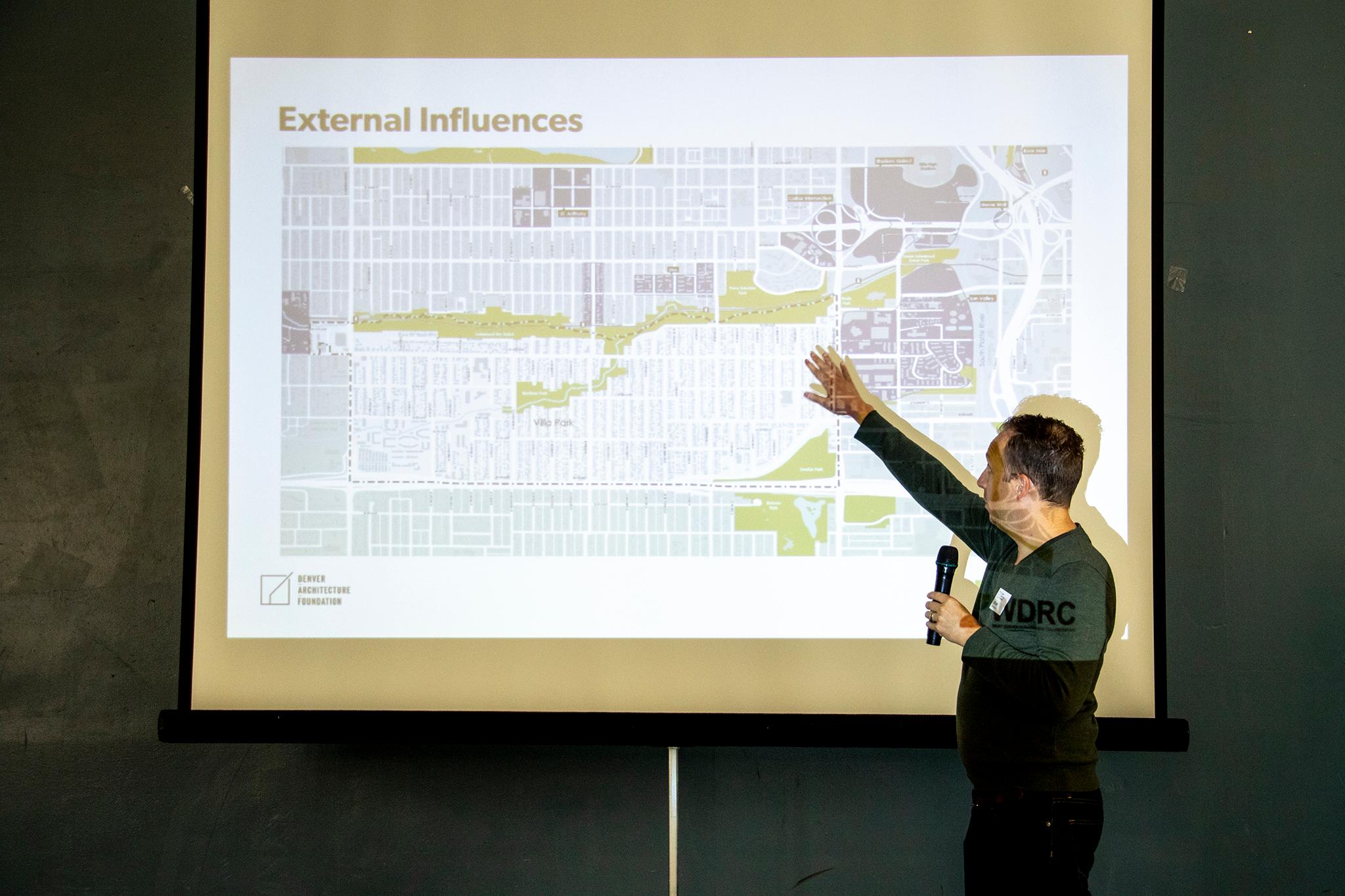
The neighbors heard about the city's Blueprint Denver, which addresses concerns about how to preserve and create affordable housing that have been raised across the city. Blueprint Denver suggests the affordability goal can be reached by allowing more density in traditionally single-family neighborhoods. That can mean accessory dwelling units also known as guest homes, duplexes, four-plexes and townhouses. The document also proposes tying the right for developers to build taller buildings to a requirement to build affordable housing, and creating design overlays to require characteristics neighbors want to preserve, such as front yards.
The 300-page Blueprint Denver that City Council adopted last month took nearly three years to produce and was written by a resident-led, volunteer task force supported by city staffers and consultants and informed by comments heard during public meetings and in surveys. It's a guide -- not a prescription -- for setting goals as the city grows. It can influence neighborhood plans like one Villa Park residents will get a chance to help shape starting next month.
Chelsea Thomas, who lives in Villa Park, said attending the three architecture foundation discussions left her feeling optimistic about what she could contribute to the neighborhood plan. She said she recognized city officials would be looking at a bigger picture as they mapped out Denver's future, but believed that "within that framework, they do care about what the neighborhoods want."
"It's interesting to see how everyone has different ideas of what could happen," said Thomas, who is a member of her neighborhood association.
"We need to figure out a graceful way, a sustainable way, of moving forward," Thomas said.
Martinez-Stone of the West Denver Renaissance Collaborative took the opportunity of the Visioning Villa Park meetings to tell neighbors about options such as rental assistance and the Denver Property Tax Relief Program, which offers property tax relief to seniors as well as households that include children and that earn up to 40 percent of the area median income.
"There's a bunch of services out there," Martinez-Stone said. "They've been around for years. It's just that sometimes they can be a little difficult to find."
Martinez-Stone also outlined her organization's project to help west Denver homeowners build ADUs they then must agree to rent below market, creating a revenue stream for homeowners and more affordable options for renters.
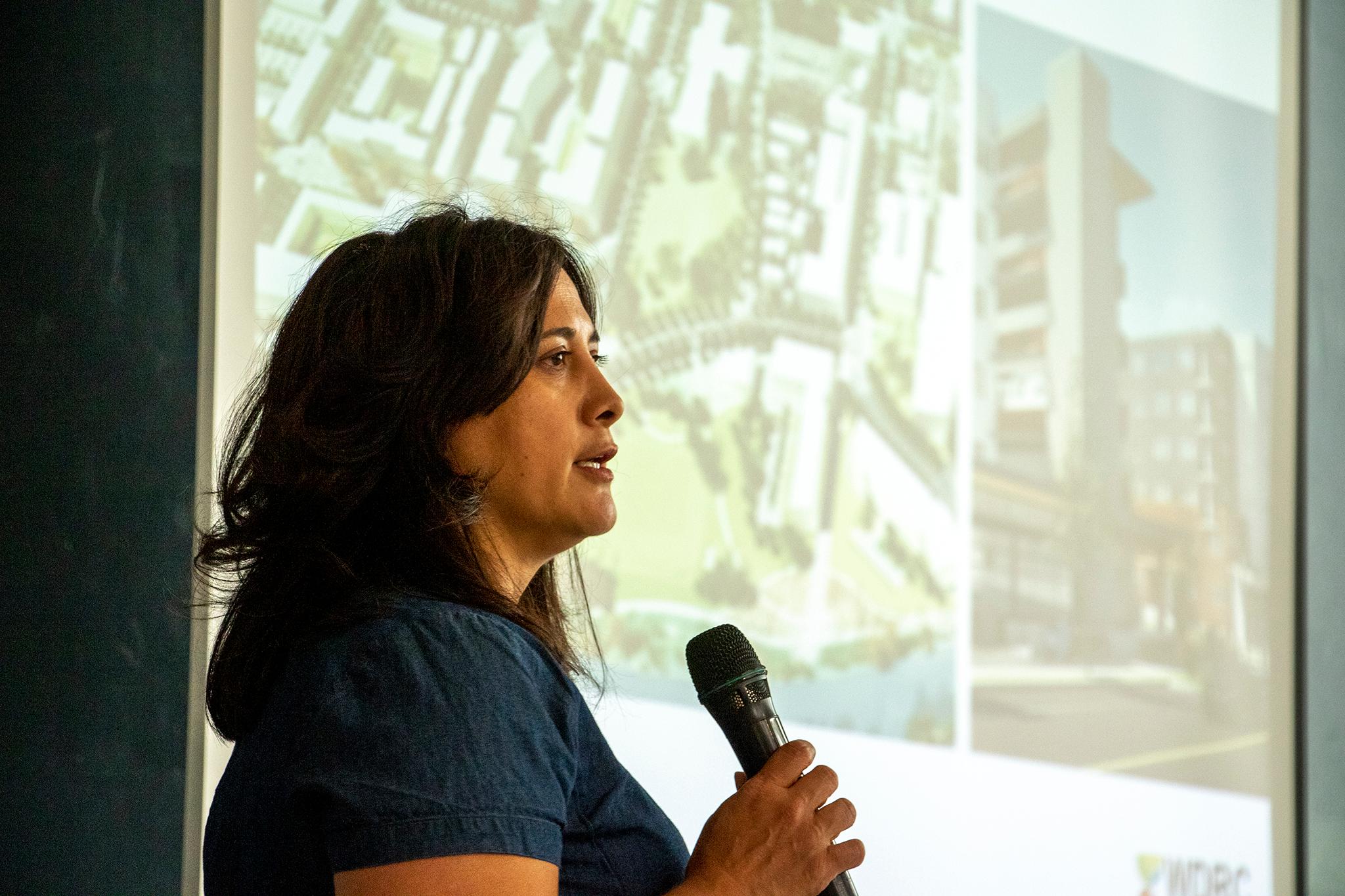
Lisa Trevino, who attended Escuela de Guadalupe but now lives across Sixth in Barnum, said she had heard about the series and came to the second meeting mostly hoping to learn about ADUs. She found herself so interested in the broader discussion that she came to the last meeting as well. Trevino said she left hopeful that neighborhoods could influence change.
"It will take everyone coming together," she said.
Sandoval, the neighborhood association treasurer, said that as a result of Visioning Villa Park she would look for ways to bring in experts on social and economic programs for similar forums.
The architecture foundation, which devoted hundreds of volunteer hours to Villa Park, also is looking ahead. First, Farley's team will create a report summing up the three sessions. Then the foundation will decide whether to try to vision another neighborhood, perhaps seeking grants so that the next iteration need not be entirely unpaid.
The nonprofit foundation is perhaps best known for its Open Doors tours, an annual chance for you to see inside that beautiful and/or unusual building you've always wondered about, whether it's the Rossonian Hotel or the Highlands Masonic Temple. The foundation also publishes a definitive guide to Denver architecture and puts on Box City, during which elementary students gather in the History Colorado lobby to design their own mock city out of cardboard, paper and their imaginations.
As the foundation's new venture wrapped up Saturday, Villa Park residents lingered to study maps, talk to one another and question architects.
"They're over there organizing," said Pauline Herrera Serianni, executive director of the architecture foundation, gesturing to a knot of neighbors. The series "has already had an impact."
Corrects that Bank is a developer who trained as an architect.


